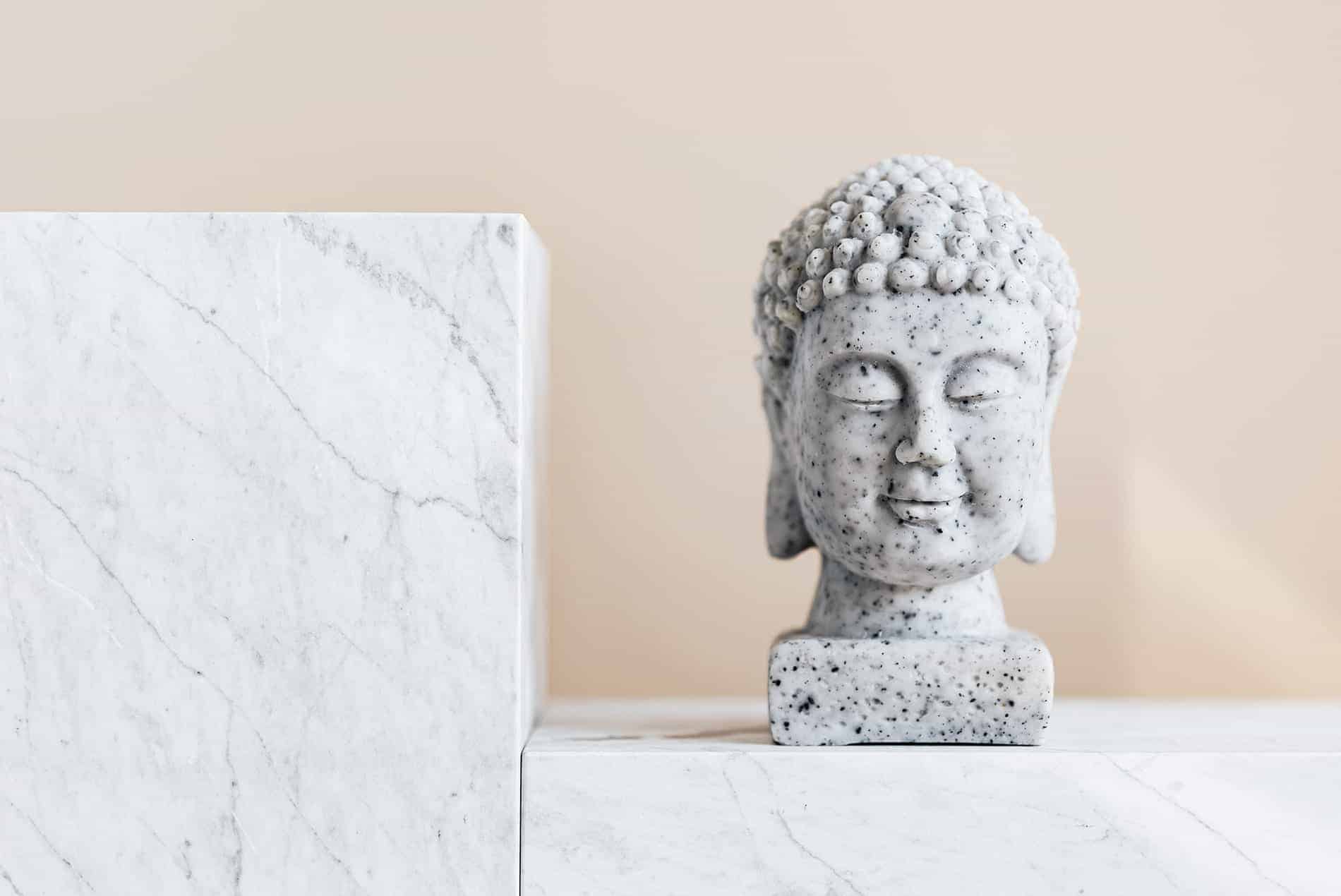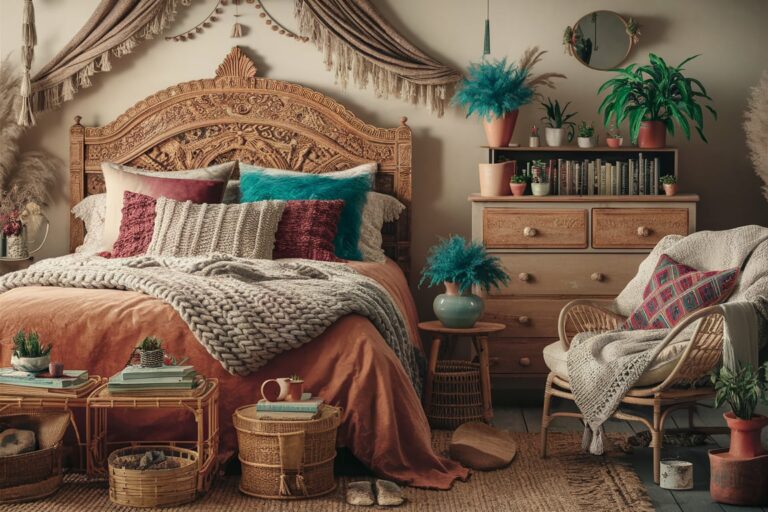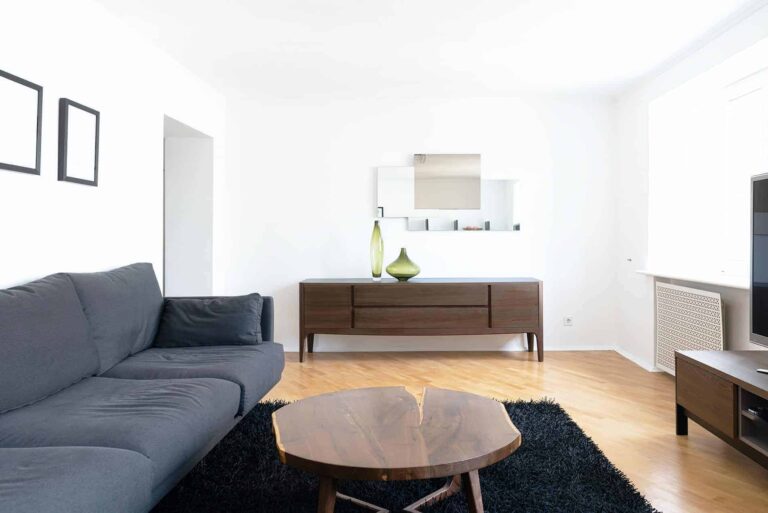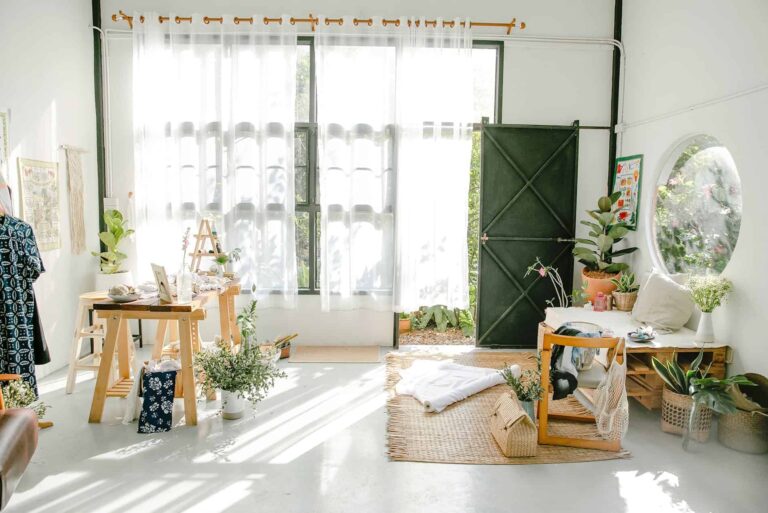As societies becomes increasingly interconnected, the influence of global cultures on interior design is more apparent than ever. From traditional Japanese tatami mats to Moroccan tilework, the world’s diverse design styles are converging to create a unique and fascinating landscape. In this article, we’ll explore the global influence on interior design, highlighting the most significant trends and styles from around the world.
Globalization and Interior Design
Globalization has created a melting pot of design styles, as designers and homeowners seek inspiration from various cultures. The internet and social media have made it easier for people to share and discover new design styles, fostering a sense of community and exchange. This global exchange has led to the creation of new, hybrid styles that blend traditional elements with modern twists.
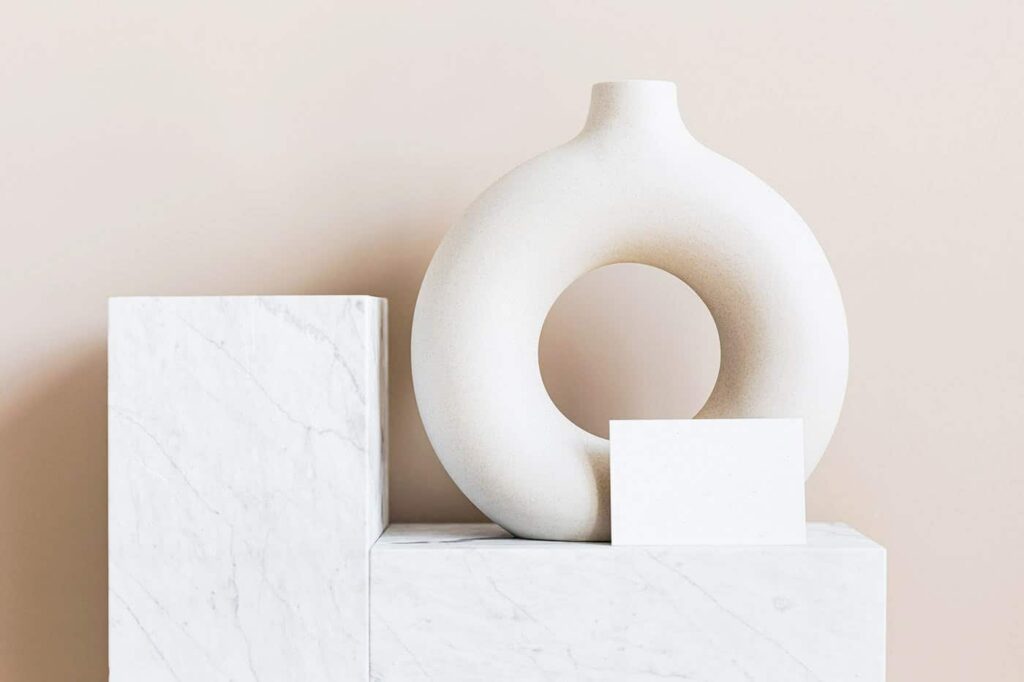
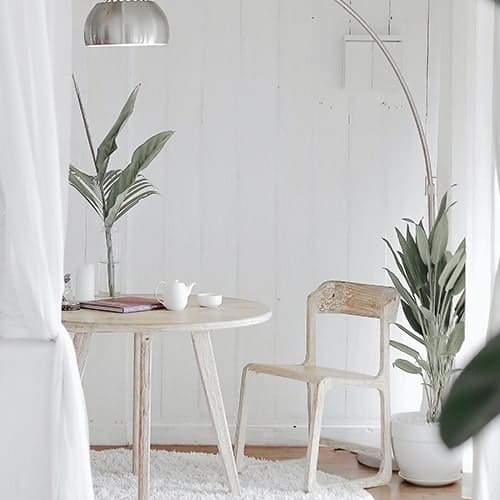

Asian Influence
Asian design has had a profound impact on global interior design. The following styles are particularly noteworthy:
- Japanese Minimalism: Simple, clean lines, and a focus on functionality define Japanese design. The use of natural materials, such as wood and paper, adds warmth and texture.
- Chinese Luxury: Intricate patterns, rich colors, and ornate details characterize Chinese luxury design. The use of silk, lacquerware, and intricate carvings adds opulence and sophistication.
- Korean Chic: Bold, bright colors and geometric patterns are hallmarks of Korean design. The use of natural materials, such as bamboo and wicker, adds warmth and texture.
Middle Eastern and African Influence
The Middle East and Africa have also made significant contributions to global interior design:
- Moroccan Tilework: Vibrant tiles, intricate patterns, and a mix of metals and textures define Moroccan design. The use of colorful fabrics, such as velvet and silk, adds warmth and sophistication.
- African Textiles: Colorful fabrics, bold patterns, and natural materials, such as wood and rattan, characterize African design. The use of recycled materials and repurposed items adds a touch of sustainability.
- Indian Opulence: Rich colors, intricate patterns, and ornate details define Indian design. The use of luxurious fabrics, such as silk and velvet, adds opulence and sophistication.
European Influence
European design has a rich history, with various styles emerging from different regions. From the ornate details of Baroque architecture to the minimalist lines of Scandinavian design, European interior design is characterized by its diversity and sophistication.
- French Elegance: Classic, understated elegance defines French design. The use of rich materials, such as marble and velvet, adds sophistication and luxury.
- Italian Chic: Bold colors, geometric patterns, and a focus on functionality define Italian design. The use of natural materials, such as wood and leather, adds warmth and texture.
- Scandinavian Simplicity: Minimalist, clean lines, and a focus on functionality define Scandinavian design. The use of natural materials, such as wood and linen, adds warmth and texture.
Key Takeaways
- Globalization has led to the convergence of design styles, creating a unique and fascinating landscape.
- Asian design, particularly Japanese and Chinese styles, has had a significant impact on global interior design.
- Middle Eastern and African design, particularly Moroccan and African textiles, has added bold colors and patterns to the global design landscape.
- European design, particularly French and Italian styles, has contributed to the sophistication and elegance of global interior design.
- Scandinavian design has brought a focus on simplicity and functionality to the global design scene.
Final Thoughts
The global influence on interior design has created a rich and diverse landscape, with designers and homeowners drawing inspiration from cultures around the world. As the world becomes increasingly interconnected, it’s likely that global design trends will continue to evolve and converge, leading to new and exciting styles that blend traditional elements with modern twists. Whether you’re a designer or homeowner, exploring the global influence on interior design can inspire your next design project and add a touch of cultural flair to your space.
